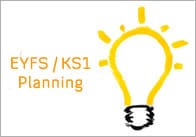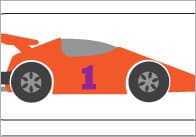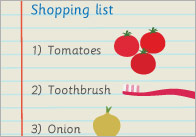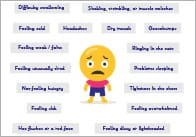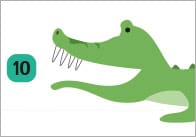Mathematics with the Dinosaurs

Early Years Practitioners respond to the current interests of their children and in one setting I visited in December, it happened to be dinosaurs. I asked if there were any books about dinosaurs in the setting and was introduced to a book called ‘Harry and the Dinosaurs Goes to School’ by Ian Whybrow.
We found so many different mathematical opportunities within just one book.After a trip to my local library, I returned with a mixture of fiction and non-fiction books about dinosaurs. I found out so much more about these violent creatures and read a poem by Michael Foreman that summarized so much of the factual information in an accessible way.
Later, I discovered that he has written a few books on dinosaurs so my interest expands. I asked newly qualified teachers in Slough to explore dinosaur books in a training session last week. Here are some of their ideas.
The range of mathematical opportunities identified included:
– Time and sequencing
– Many different counting opportunities
– Sorting and classifying the different dinosaurs
– Positional language (particularly in Harry and the Dinosaurs United)
– Exploring containers – sizes of parcels, what is inside the box, how much can we fit into the box (objects of different sizes), stacking boxes (Russian dolls), comparison, how much water can we fit into containers…
– Sorting shapes – junk modeling (Harry and the Robots)
– Going to hospital – role play, following plans to find Nan, packing a suitcase for hospital – what items do you put in (Harry and the Robots)
– Patterning – wonderful illustrations show many different repeating patterns to copy, print, sew
– Screened items – developing mental imagery counting groups of objects, hiding some and working out how many are missing
– Using the images of hands and feet to count in twos, fives and tens. Helping children to understand the concept of two feet to every person.
– Speed and distance – rolling cars down hills, how long does it take to run from A to B
Their list goes on!
Children will need some initial adult input but will soon take off on their own mystical adventures. Your learning environment should offer simple props and some bespoke pictures or characters. Dinosaurs can be placed in different areas of your setting to prompt children to link their play with the story.
One example would be to set up a hospital the role play area adding an empty suitcase and a selection of clothing to put into the case. Junk modeling materials could be placed nearby to make robots to guard ‘nan’ and a pretend entrance to the hospital could be positioned outside with a simple plan (or maze) to follow in order to reach ‘nan’. This takes imagination and time to prepare but will enrich the quality of learning significantly.
To make this experience even richer, share some ideas with parents so that the adventures can continue back at home.
Barbara Carr is an independent numeracy consultant. She draws from a range of teaching experiences in primary, middle and secondary schools spanning 25 years. For more information please visit her website.
Popular Teaching Resources
Stay Up To Date
Sign up for our newsletter and we’ll let you know when we create new early years resources.

